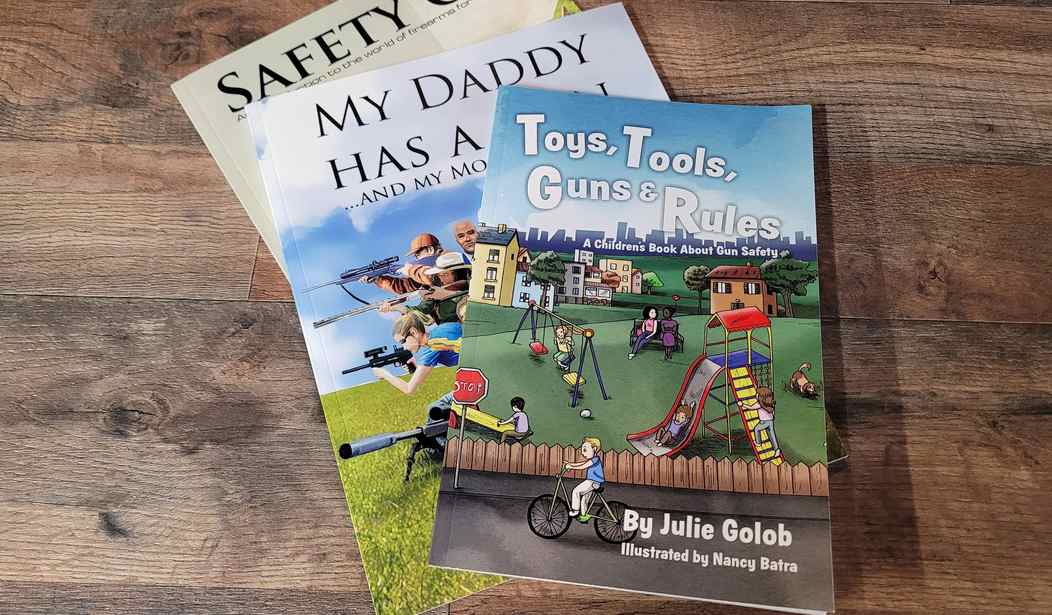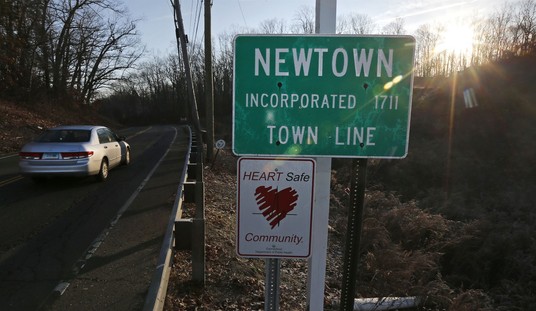The subject of children and firearms is one that’s important. While there’s no one size fits all solution to how gun owners should store their firearms, there are just as many tactics and ways that parents may or may not want to expose their children to firearms. The willfully ignorant has no ground to stand on here. The people–and they don’t even have to be so-called “anti-gun”, they could just be gun agnostic, that have the attitude of “We don’t have firearms, so we don’t need to teach our kids about them”, are type of people that are ripe for bringing tragedy into their lives. We’re not with our children all day every day and even the most stealth of helicopter parents can’t be an eye in the sky at all times. Luckily, there are a pile of great resources out there for the parents who are open to educating their children on this sensitive topic.
What’s the right age to educate your child about firearms? It’s all child dependent. The time in my household came when my preschool aged child said to me one day “Daddy, why are you wearing that outfit?” To which I coyly said, “What do you mean?” He persisted, “Da Da, you’re dressed like you’re going on a hunting expedition on a mountain. What are you doing with your friend today?” To paint a visual, I was wearing an olive and tan shotgun shooting button up shirt and kaki pants for my trip to the sporting clays course. To him, in his mind, I was going on some sort of a safari based on my Fudd life attire. It was after that interaction that I knew it was time to really begin his education on firearms and luckily I had the tools to get the ball rolling.
The first resource I turned to was the NRA Eddie Eagle program. The cartoon with catchy song teaches children exactly what to do should they find a firearm. This is the bare bones of what every child should be taught. I was recently at the NRA Great American Outdoor Show and the Eddie Eagle Kid’s zone was my kid’s jam while there. If you’re a parent looking for a great resource to start with, this is the program to check out. Find the Eddie Eagle program and more information here: https://eddieeagle.nra.org/
Right after getting my child’s preliminary education out of the way, I had the perfect follow-up already sitting on the bookshelf in his bedroom. Prior to firearm education becoming something that was even on the radar in my household, I snatched up a copy of Toys, Tools, Guns & Rules by Julie Golob when it was released in 2018. I was ready to take the firearm education for my kid to the next level, and Golob’s book was what I turned to first.
Toys, Tools, Guns & Rules is not an over the top or in your face kind of book. It tells the simple story that firearms are just tools, and like any other tool, there are proper uses for them. Golob included a parent’s guide to help people navigate the book with their child which is helpful, especially if the parent is not a gun owner themselves. The book is vividly illustrated by Nancy Batra and warmly colored. Golob covers some of the anatomy of firearms, who may use firearms, what to do/not do if a child finds a firearm, and more. The information is accessible and covers firearm safety information in digestible yet broad strokes. I felt Golob brought a great introduction to firearms through her book.
I reached out to Golob about her book and wanted to know what were some of her reasons for putting it out. She had the following to say to me about its release:
I wrote Toys, Tools, Guns & Rules because I have always wanted a book for my children addressing the universal message of avoidance that also goes into more detail by showing different types of firearms and the people who use them. Though illustrated the characters in the books are kids and adults, not animals or imaginary non-human characters. Not to take anything away from any other real gun safety books or materials, but I believe, that because this is a real topic, it’s very important to be as realistic as possible. It was more work than I expected with developing the right text and working with the illustrator for the finer details, but it’s something I’m proud of. Most of all it fills me with such joy knowing it has helped so many parents have this important discussion.
Two other books that I have to recommend to be added to your child’s firearm academy curriculum are Safety On by Yehuda Remer (aka the Pew Pew Jew) and My Daddy Has a Gun and my Mom Does Too! by Rob Pincus. I feel that these three books, as a collection really complement another while filling in different chasms in information voids on these topics. The books are not “more of the same” when you have them. They each stand alone fine on their own while adding to the corporal knowledge of a child when delivered in succession as a collection.
Safety On gets a bit more nitty gritty with safety rules to follow when handling firearms. The Cooper Rules are front and center through the text, as well as other prudent pieces of information such as the importance of keeping a firearm stored cleaned and in a safe. Like Golob, Remer also brings up the topic of toy guns, and that there are even rules to follow concerning them. The common thread of getting an adult should a child find a firearm is sewn in both Safety On and Toys, Tools, Guns & Rules. When I reached out to Remer about the writing of his book, he had a similar experience to Golob, and actually found a more acute direction in his own writing.
I have always loved to write but never found the right story. The right direction. After finding a lack of literature for children on firearms safety and the subsequent success of my first book, Safety On: An introduction to the world of firearms for children, I found the niche I was looking for. Writing books on Second Amendment education directed at kids became my calling and I’m proud to be the author making a difference in 2A education for children across the United States.
Pincus’s book, My Daddy Has a Gun and my Mom Does Too! is a different take on firearms and society. In the book, Pincus explores all the different walks of life that may utilize a firearm in either their daily lives or recreational lives. Featured are usual suspects like police officers and soldiers, but also represented are the three gun shooters. Pincus takes the analog of all the different walks of life that use firearms and breaks some of that down digitally, by using simple to understand phraseology like “bad guy”, when referencing the why to firearm ownership. He utilized very effective stem and answer types of word associations, which we need in a world that’s been conditioned to have a negative thought when the word “gun” comes up. I had chatted with Pincus a bit about his book and some of what he told me was quite complementary to the thoughts I had after reading it.
I didn’t want to do “another kids book”… there are already great works out there that address firearms safety and the basics of shooting for kids. My book is intended to teach kids that firearms aren’t something to be feared. It shows how common firearms ownership and use is in our country. I hope it helps responsible parents normalize gun ownership and inspires families to find ways to enjoy shooting activities together.
Both Pincus’s and Remer’s books were published by White Feather press and the artwork was provided by ammardegas. The artwork is subdued and uses muted colors, except when really trying to make something pop. I found the illustrations to be pleasing to the eye as well as able to convey the right message pictorially.
These are the resources I can recommend as “go to’s” for introducing children to the world of firearms. These are the kinds of books that should be on the shelf, ready to go for when the time is right. Like most things occur in life, children will bring up different topics and explore them at random times, so having these resources handy for when the time comes could help parents capitalize on educating at the inception of interest. Have that little one in your life? Consider snatching up these books for them. How about that friend or family member that’s starting to hear the pitter-patter? These books make a great gift.
For more information on each of these books, other offerings by these great authors, and about the authors themselves, please visit each of them online.
Author’s Note: I have not been paid or received any type of remuneration for the writing of this article. These three books are in my cache of resources and were prior to me reaching out to the authors for comment. I have them for personal use in my household and wanted to share my experiences with our readers.







Join the conversation as a VIP Member